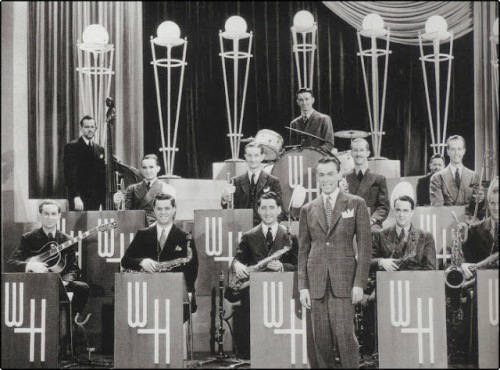In a 2005 interview, Dame Janet Baker explained some of her career choices.
“With the greatest respect to mainstream opera, a great many of the mezzo roles are not that interesting. You are either a nurse or a nanny or a companion or something…and I thought ‘My goodness me, I’m going to be bored witless!’”
“I wanted to do things that interested me from the theatrical point of view and from the musical point of view, which meant that I went down very lesser-known, interesting paths, because I was free from the repertory system. And I was glad about that.”
This from “The compleat mezzo´by David J. Baker (Opera news LXX/4 [October 2005] pp. 32–35).
Today is Dame Janet’s 80th birthday! Below, in recital with Schubert’s An die Musik.










